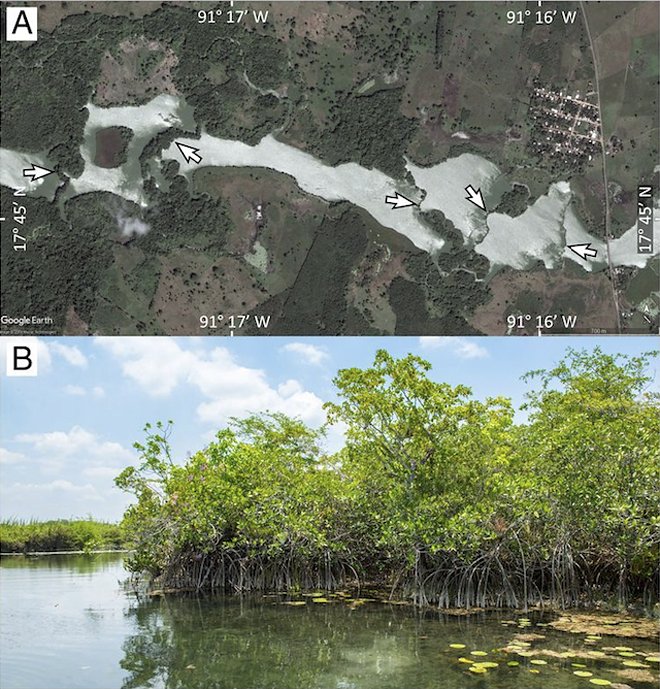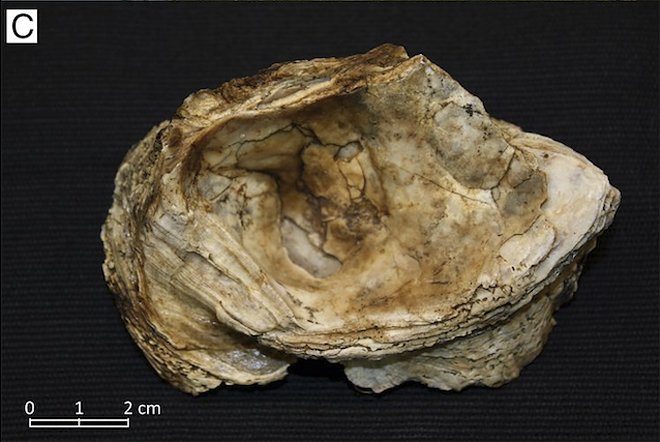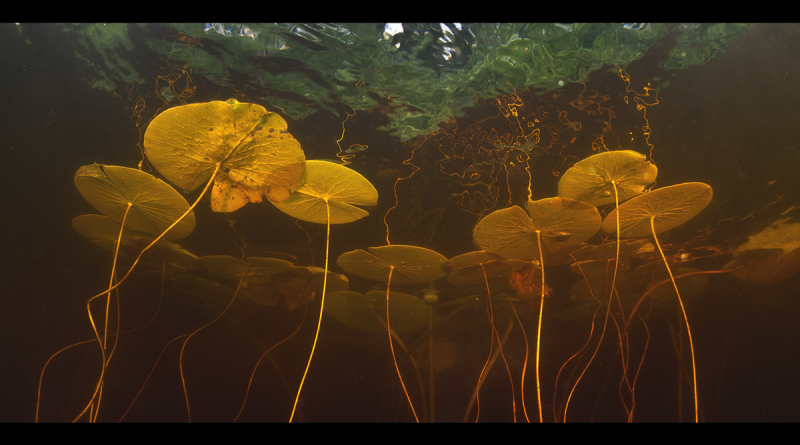A relic forest preserved since the last ice age was found in Mexico
A relic forest preserved since the last ice age was found in Mexico
Our planet is filled with wonders that we still have no idea about. Recently, American biologists, together with their Mexican colleagues, discovered a thicket of red swamp mangroves deep in the Yucatan Peninsula. It is a distant relative of the modern species Rhizophora mangle, and it has spent the last 125,000 years in a kind of geographic trap, becoming a historical victim of the last ice age.
Typically, mangroves grow near salt water, on the coast, as they draw nutrients from the sea. If the soil is rich in calcium, they can also live near freshwater reservoirs, and the area around the San Pedro River is just that. The problem is that the grove you’re looking for is at least 170 km from the modern sea, which raises the question of how it got here in the first place. And we are not talking about a stunted grove, but about a powerful and stable ecosystem that looks thriving.

After analyzing the DNA of the plants found, scientists found that they are closer to the modern sea mangroves than to the river mangroves of Yucatan. It is a kind of evolutionary relic that has been around for at least 125,000 years. Its place of origin is the Tabasco lowlands, which were flooded by the sea before the last ice age. But with the onset of cold weather the sea receded, its level dropped by 6-9 meters, the former shoreline became dry land, and the mangroves remained on it.
Scientists believe that as the ancient sea receded, some of the mangroves shifted beyond the shoreline and evolved into modern plants. But some remained deep in the continent, managing to survive to this day. In the future, when global warming raises the sea level again, it could happen again. And right now, scientists have a unique object for research – a real living relic of the preglacial era!

